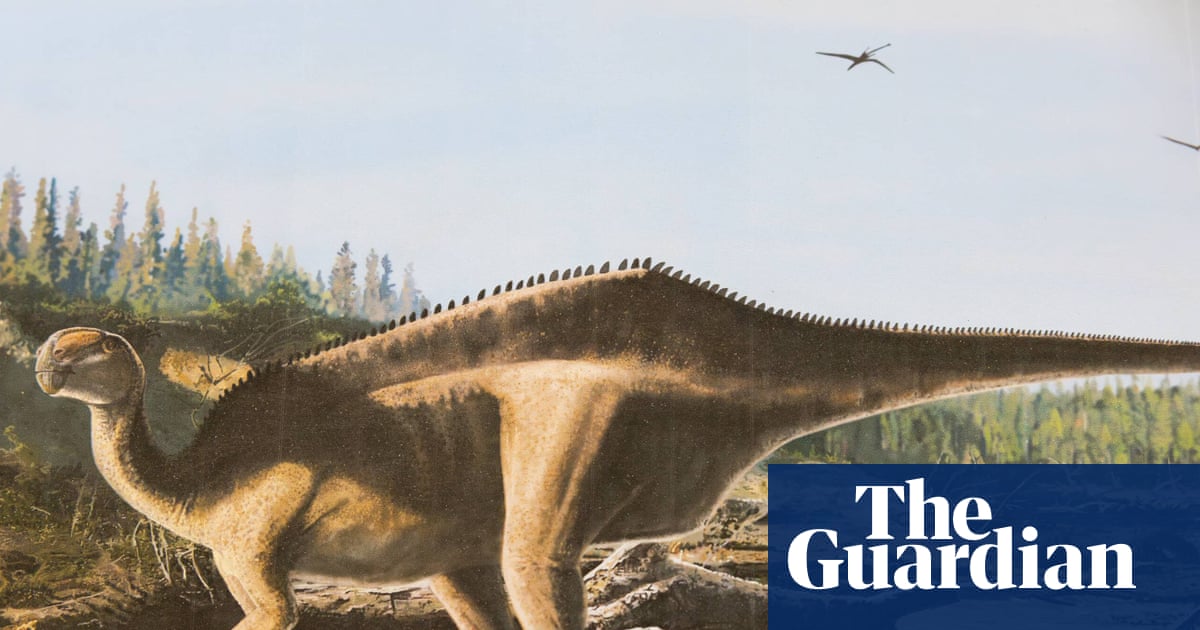
"But after comparing the preserved bones with a database of similar dinosaur back bones, it became clear the fossil was unique. Lockwood said: While the skeleton wasn't as complete as some of the others that have been found, no one had really taken a close look at these bones before unlike the others, this one had particularly long neural spines, which was very unusual."
"The iguanodontian dinosaur, whose fossils were found on the Isle of Wight, was identified by Dr Jeremy Lockwood, a PhD student at the University of Portsmouth and the Natural History Museum. The retired GP has named it Istiorachis macarthurae, a mix of sail spine and a reference to Ellen MacArthur, who set a world record for the fastest solo non-stop sailing voyage around the world in 2005."
Fossils of a previously unrecognized iguanodontian dinosaur were found on the Isle of Wight and dated to about 125 million years old. Prior to close analysis, the remains had been assumed to belong to one of two known local species. Dr Jeremy Lockwood identified the specimen as a distinct species based on unusually long neural spines compared with a database of similar dinosaur vertebrae. The species was named Istiorachis macarthurae. The preserved neural spines indicate a pronounced sail-like structure along back and tail. Researchers consider visual signalling, likely sexual display, the most plausible function, echoing patterns seen in modern reptiles.
Read at www.theguardian.com
Unable to calculate read time
Collection
[
|
...
]